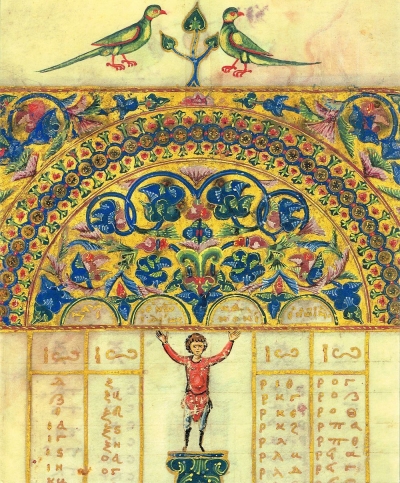Medieval
Binocular vision
Stephanie Trigg
Imagination, Books and Community in Medieval Europe
edited by Gregory Kratzmann
Macmillan Art Publishing and the State Library of Victoria, $99 hb, 256 pp, 9781921394331
In cinema the trope is familiar: an old boo ...
Parergon, Vol. 26, No. 2 edited by Anne M. Scott & Parergon, Vol. 27, No. 1 edited by Vanessa Smith and Richard Yeo
by Gregory Kratzmann •
The Felton Illuminated Manuscripts in the National Gallery of Victoria by Margaret M. Manion
by Joan Barclay-Lloyd •
English Prose Fiction 1158–1700: A Critical History by Paul Salzman
by Tim Nelson •


